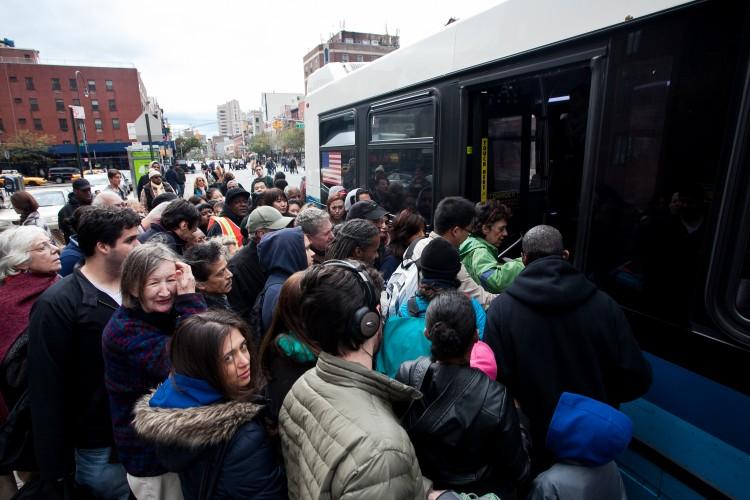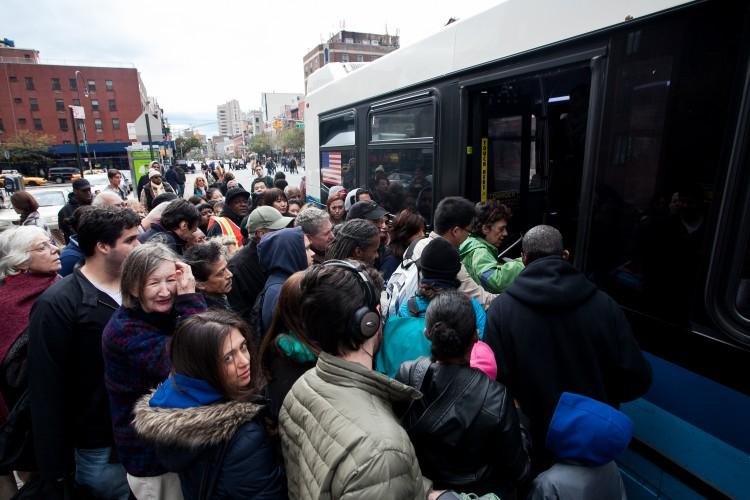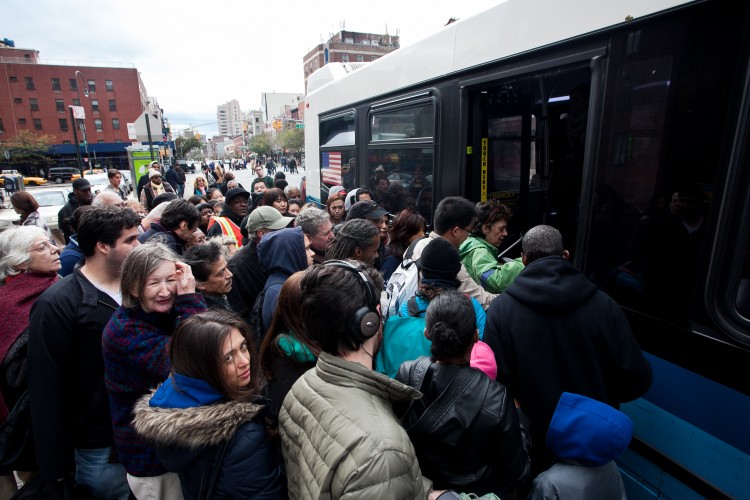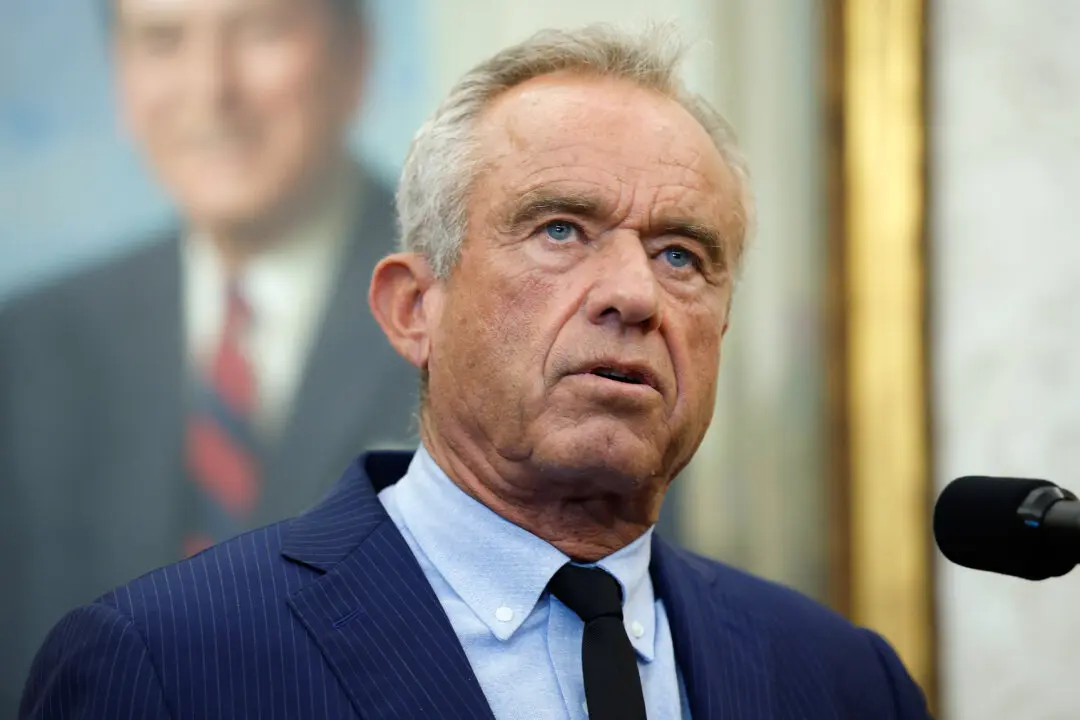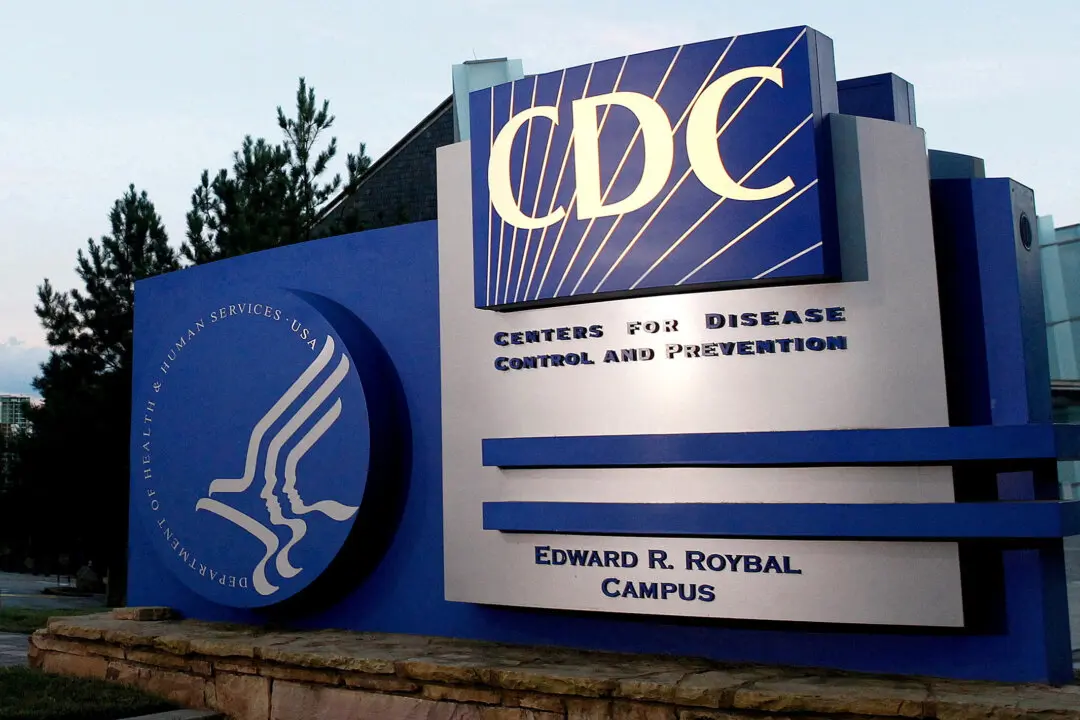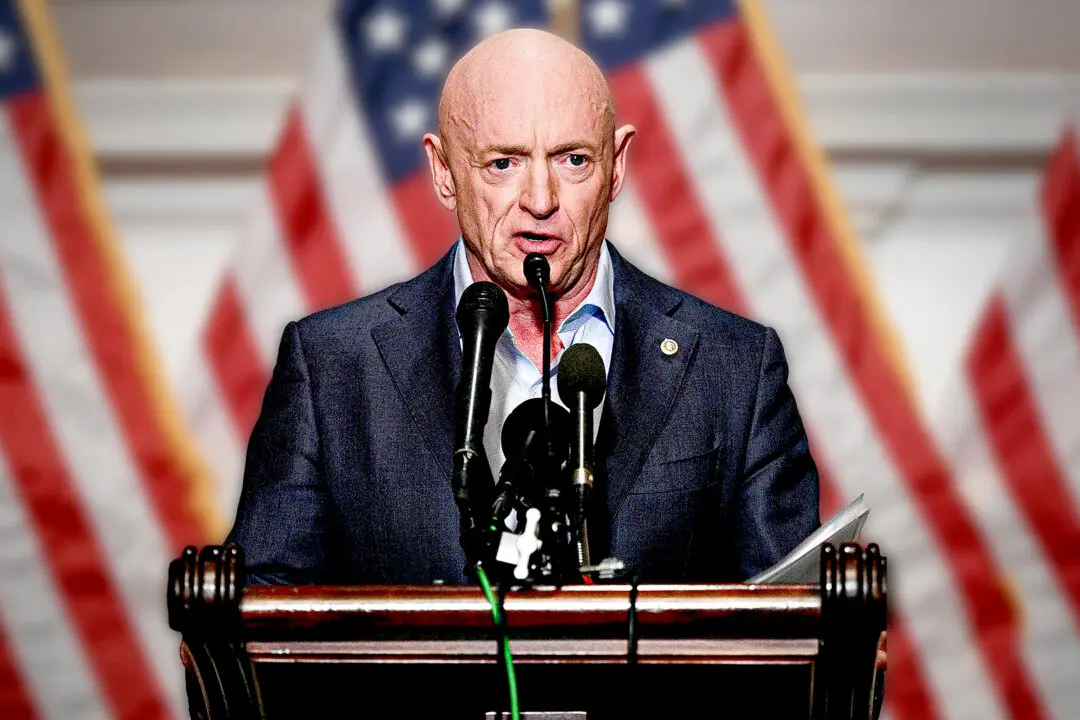NEW YORK—The top 10 best and worst events in 2012 have been listed by a transit advocacy group—the best being how quickly the subway system rumbled back to life after Hurricane Sandy.
Also among the best was about $30 million in added or restored bus and subway service, subway ridership increasing to highest levels in 45 years, and the start of a new transit advocacy group, the Riders Alliance.
The top 10 worst events list is topped by the striking of Hurricane Sandy, flooding parts of the subway system; how the hurricane will cost subway riders by adding $1 billion in debt (and subsequently increasing debt payments $62 million a year); and the departure of Chairman Joseph Lhota, who stepped down to explore running for mayor.
The recently approved fare increases were ranked fourth on the top 10 worst list.
The Straphangers Campaign of the New York Public Interest Research Group released the list Thursday.
See below for the best and worst lists.
Top 10 Best Events
1. Transit rebounds quickly in the wake of Sandy. Most subways were up and running a few days after the storm. It was transit at its best, with managers and workers moving mountains. For several days, New Yorkers experienced what the loss of transit service meant to the city that never sleeps.
2. The MTA added $30 million in bus and subway service. Some of these routes had been cut in 2010. The extension of the G train to Church Avenue in Brooklyn stays. Several new bus routes to go to underserved areas.
3. A new connection opens between the uptown 6 Bleecker Street and the B, D, F, and M at Broadway Lafayette. Riders now have a new transfer, as well as a new escalator and five elevators, making the complex fully accessible to disabled customers.
4. Subway ridership increases to highest levels in 45 years. This in spite of—or maybe because of—the tight economy.
5. Bus Time comes to all buses in the Bronx and Staten Island. As the MTA says: “Instead of waiting at a bus stop in a state of uncertainty, now your phone can tell you when to start walking to the bus stop so you can get there right when the bus does.”
6. Select Bus Service (SBS) expands. SBS speeds pokey buses by getting riders to pay fares in advance; boarding and exiting through three doors; and camera enforcement of exclusive bus lanes.
7. Poetry in Motion is back. After a four-year hiatus, the popular program returns, with thought-provoking poems in subway cars.
8. New transit advocacy group, the Riders Alliance, forms. The brainchild of a former tenant organizer, John Raskin, the alliance plans to develop neighborhood leaders to advocate for transit improvements around the city.
9. The MTA adds technology. On seven subway lines, riders will have access to the information on in-station countdown clocks from their homes or offices through the app Subway Time. Riders can now apply over the Internet for a refund of lost or stolen 30-day unlimited ride MetroCards if they paid by credit or debit card at a machine.
10. Congress included in the fiscal cliff legislation, a provision equalizing tax-free benefits for parking and transit costs. These will now be excluded from taxable income for up to $230 a month. Transit costs had been excluded only up to $125 month. The provision will be in effect for the years 2013 and 2014 and took effect at the close of 2012.
Top 10 Worst Events
1. Hurricane Sandy hits, flooding many parts of the subway system. The MTA sustained $5 billion in damage. The South Ferry station on the No. 1 and the A train across Jamaica Bay remained closed.
2. Sandy costs riders big. One billion dollars in bonds in needed repairs (out of $5 billion) will come from riders, who will pay $62 million a year in interest for decades.
3. With MTA Chairman Joseph Lhota’s departure in late December 2012, there have been six MTA leaders in the last six years.
4. Fares increase. Riders will be hit with the fourth fare hike in five years come March. Riders here pay the highest share of operating expenses of any transit system in the United States.
5. Subway crime is up. Major felonies are up 6.6 percent for the first 11 months of 2012 compared to 2011, according to the NYPD. As of late 2012, there were 7.38 major felonies a day, the highest level since 2006. New Yorkers were shocked by two random deaths, in which people were pushed onto the tracks.
6. Second Avenue subway explosion that spewed concrete and bedrock eight stories high. In August, workers were blasting to create an escalator shaft for a new subway station at East 72nd Street. No one was injured.
7. Fare beating on buses is worse than thought. The MTA loses about $50 million annually to bus riders not paying fares.
8. Assaults continue against bus workers and other transit employees.
9. Plans to install Wi-Fi and cell service at 30 subway stations were delayed until 2013 due to Sandy.
10. The controversial MTA payroll tax was held unconstitutional by a state court judge.
